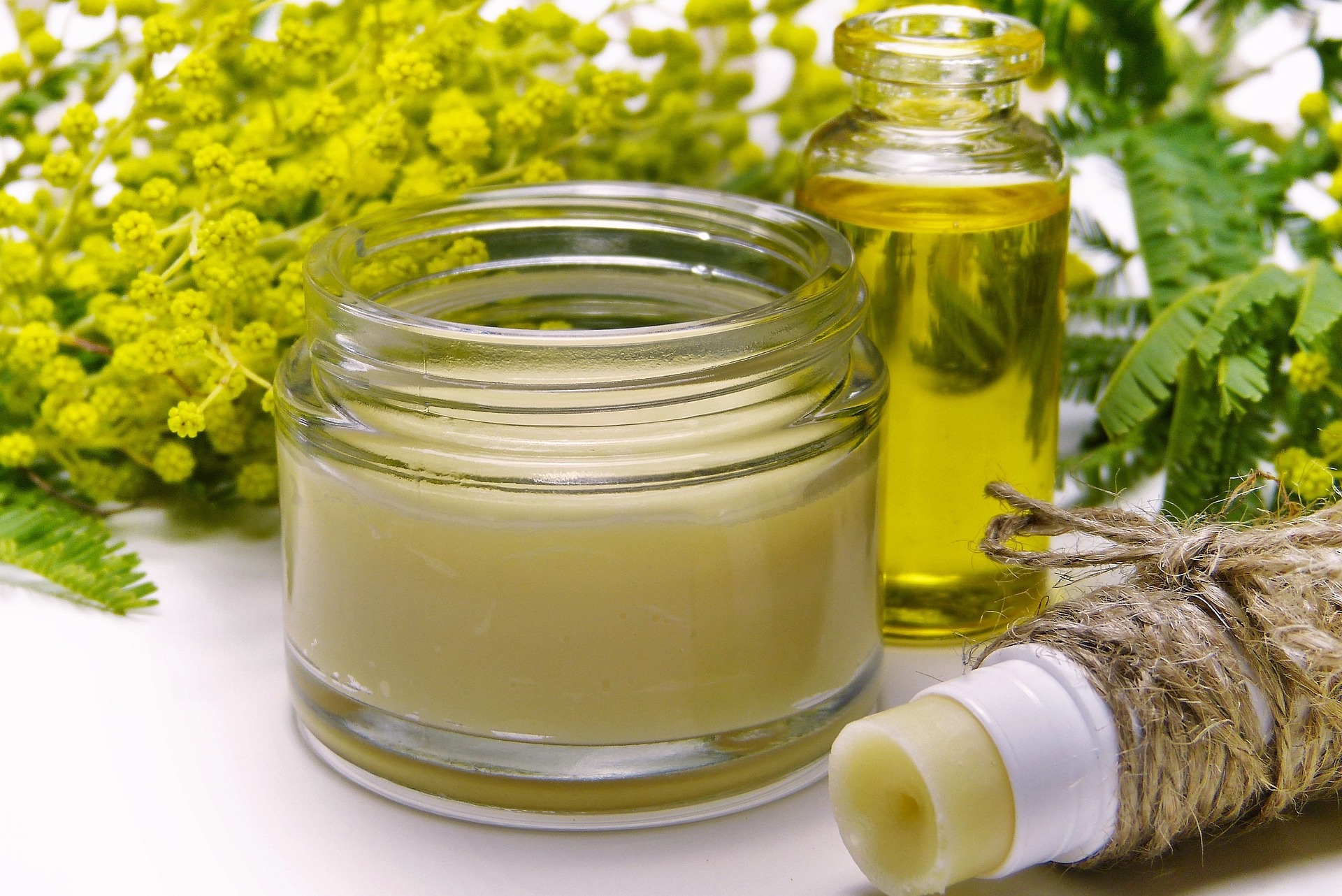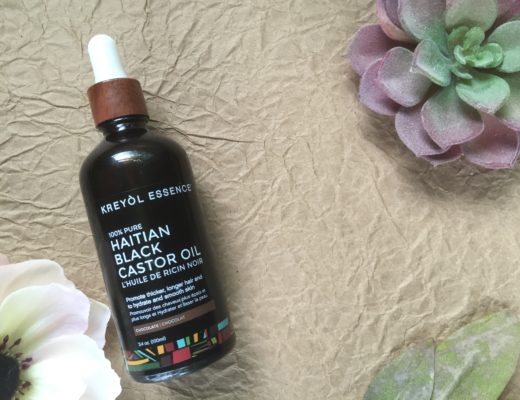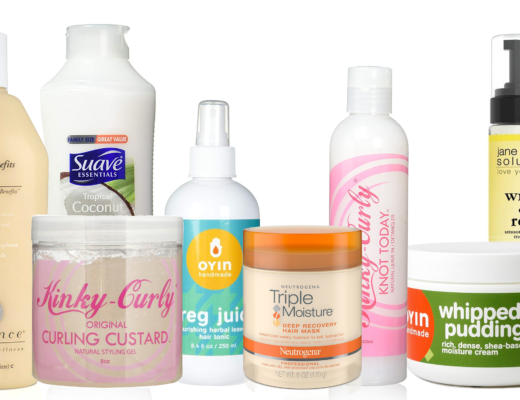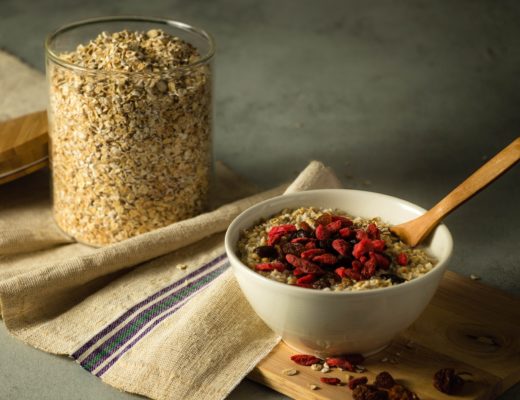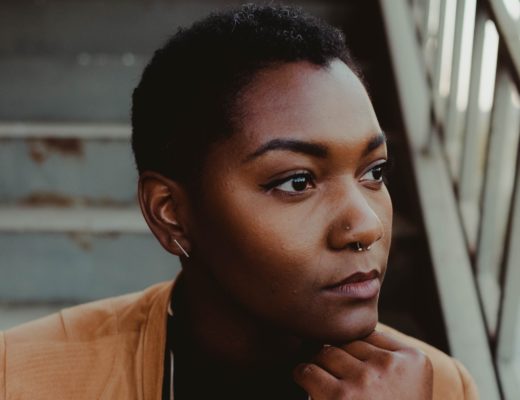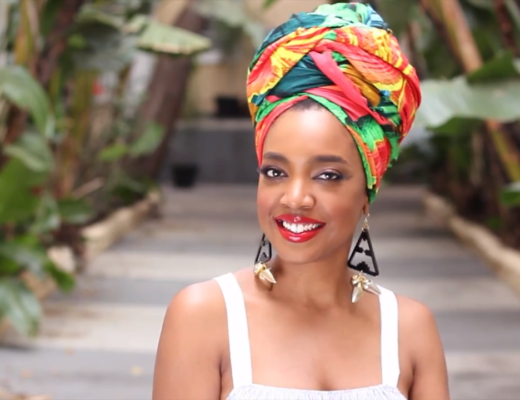
This page may contain affiliate links. Read my full disclosure for more info.
Natural shea butter is mother nature’s greatest gift for the care fo our skin and natural hair. Shea butter is a fatty extract from the seed of the shea nut, used in Africa for thousands of years for its outstanding moisturizing benefits and exceptional healing and protecting properties.
Shea butter has been used as a natural balm to treat and heal irritation caused by eczema and psoriasis. It naturally contains anti-aging and sun protecting agents. Its rich content of vitamins A, E, and F balances, softens, and soothes chapped, dry skin, and nourishes the hair from root to tip.
How Shea Butter is Made
To make shea butter, fruit is collected from the shea tree. The pulp is removed and the seeds, or nuts, are dried and ground.
At this point, the oil is extracted from the seeds in one of three ways:
- Boiling
Traditionally, the ground seeds are boiled and the oil is skimmed off the top. - Solvent extraction
Chemical solvents such as hexane are mixed with the ground seeds, releasing the oil. - Cold pressing
A machine is used to apply pressure to the ground seeds, squeezing the oil out. Chemical solvents may or may not be used to increase the amount of oil extracted with this process.
Buying Shea Butter
There are three types of shea butter sold and used in personal care products:
- Unrefined
- Refined
- Ultra-refined
Unrefined Shea Butter
Unrefined shea butter is natural, pure shea butter that contains all its essential nourishing, rejuvenating, and healing properties. Unrefined shea butter ranges in color from ivory to yellow and has a nutty scent. It’s firm in texture but quickly melts in your hands.
To achieve a softer consistency and add additional benefits and fragrance, some people add essential oils or other natural oils like jojoba and almond to their shea butter.
Refined Shea Butter
Refined shea butter can be made using any of the above extraction methods. After it is extracted, it is filtered, bleached and deodorized, removing its characteristic color and fragrance.
It is widely used in personal care products from soaps and lotions to shampoos and pomades. The refinement process causes the shea butter to lose some of its beneficial properties.
Ultra-refined Shea Butter
Additional filtration and refinement steps are taken to make this shea butter even more “pure” than refined shea butter. This type of shea butter is often used in mass-produced skin care products.
Ultra-refined, also known as processed or industrialized shea butter, should be avoided as it does not contain its original properties.
Certified Shea Butter
I have noticed differences in the quality of shea butter I have purchased over the years. I tend to buy the yellow butter in the plastic tub with the yellow label – many of you will know exactly the one I mean. Although this shea butter usually works fine for me, I have gotten bad batches a few times.
Believe it or not, there is an organization called the American Shea Butter Institute that lab tests shea butter and certifies it based on their quality and safety guidelines.
If you have a shea butter supplier you are happy with, stick with them. Otherwise, the ASBI certification can be a guide to finding quality shea butter.
Benefits of Shea Butter
Dry and damaged hair benefits tremendously from the use of shea butter as it repairs and protects against weather damage, excessive heat, dryness, and brittleness. It softens and rejuvenates the hair, preventing split ends, adding luster, and promoting growth.
Shea butter is readily absorbed into the scalp without clogging pores or leaving a greasy residue. It can be used to moisturize the hair daily, in monthly hot oil treatments, and to style natural hair.
How to Use Shea Butter on your Hair
Shea butter is thick and heavy, and for that reason can be a great sealer for your hair. For the same reason, it can cause build up and weigh your hair down.
Try mixing shea butter with lighter oils or aloe (or buy premixed products), especially if you have low porosity hair. Always use a cleansing method that removes enough of the product from your hair to avoid dryness caused by buildup.
DIY Shea Butter Recipes
Naptural85’s famous shea butter creams
Igbocurls’ shea butter cream
Shea-aloe butter by Akushika GoneNatural
Always Read the Label
In addition to spotting lower grade shea butter, buyers should keep a lookout for products that claim to contain shea butter but in fact, are using such a minute amount that it does not have any of the benefits.
Product labels list ingredients in order from the most to the least. Therefore, you should look for products that list shea butter toward the beginning of the list of ingredients. The more shea butter contained in a product, the greater the likelihood that you will receive the full benefits of shea butter for your skin and hair.
A Note for Acne Prone Skin
Acne prone skin has low linoleic acid in the sebum it produces. Oils that contain higher amounts of linoleic acid can help balance the skin and reduce acne.
Since shea butter is low in linoleic acid and high in oleic acid, it may not fare well for some people who are acne prone – do a patch test in an inconspicuous area to test.
Conclusion
Not all shea butter is created equal. For soft hair and smooth skin, look for unrefined shea butter for maximum benefits.
This post was adapted from an article that appeared in the Exavia issue of Naturally You! Magazine.
Like this post? Pin It for Later!
For more natural health, beauty, and lifestyle inspiration, join me on Instagram and Pinterest.

